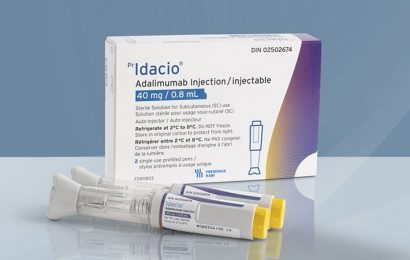
Yes, flushing your tampon down the toilet is a tempting way to dispose of it.
You barely have to touch it or even look at it – just tossing it in the toilet and flushing it far away from being your problem anymore. Or so you think.
We’re sorry to tell you that, regardless of how easy it is, flushing your tampon down the loo isn’t a good idea.
What happens when you flush a tampon?
Tampons are designed to be very absorbent, which means they can expand significantly when met with liquid as they soak it up.
They’re also designed to remain in one piece while inside you for up to eight hours, so they won’t break down into smaller parts like toilet paper does when it goes through your pipes.
As Tampax’s website puts it: ‘They wouldn’t be an effective period-care product if they broke down so easily in the presence of liquid.’
Therefore, it’s not uncommon for flushed tampons to expand in pipes and cause serious blockages and even flooding. Sure, flushing a tampon might feel convenient at the time, but if you end up with a backed-up toilet, things will start to feel a lot less easy pretty quick.
And it’s not just your drains you should be thinking about.
Tampons can and often do contribute to blockages, which are made up of things like oil, grease and fat which have been poured down drains and got mixed up with non-biodegradable items such as wet wipes, nappies and cotton buds.
They can take weeks to clear and, if left unchecked, can disrupt whole sections of a city’s sewage system.
Every year, Thames Water spends £18million on clearing a whopping 75,000 blockages from sewers in London and the Thames Valley.

A tampon that’s disposed of down the loo can also end up in a body of water where it doesn’t belong – if it doesn’t ruin your septic system, or get sucked up into a fatberg first.
According to the Women’s Environment Network (WEN), 6% of the average tampon is made of plastic, so many tampons are not biodegradable and end up littering oceans and beaches.
On top of that, as Friends of the Earth UK points out on their website, plastics break down into microplastics over time, and a WEN fact sheet highlights that microplastics ‘leaching toxic additives into the ocean while they break down while also acting like a sponge absorbing other harmful chemicals’.
Not great for any sea creatures that end up consuming them, or the humans that in turn eat those sea creatures.
How to properly dispose of tampons
Without exception, they need to go in the garbage.
To stop blood from getting all over your bin, you can wrap it up with something like toilet paper or a special biodegradable waste bag.
While many tampons aren’t biodegradable, you can buy 100% cotton versions which are, meaning your little tampon won’t be sitting in a landfill degrading into microplastics for years to come.
Alternatively, you can opt for a reusable menstrual cup, the contents of which can be flushed without issue.
Do you have a story to share?
Get in touch by emailing [email protected]
Source: Read Full Article


